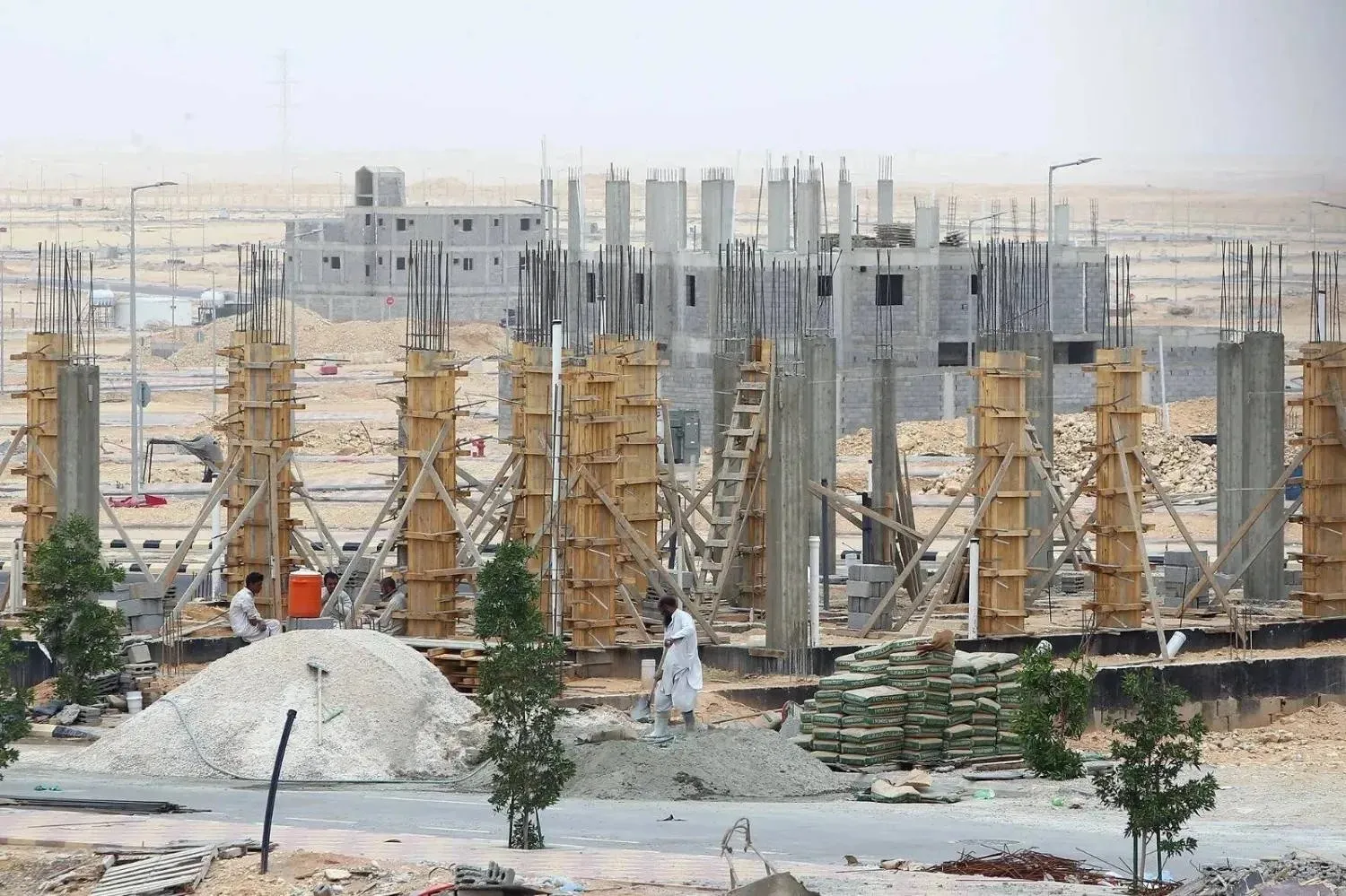The Governor of the Public Investment Fund (PIF), Yasir bin Othman Al-Rumayyan, stressed on Tuesday that the Fund was seeking to invest between SAR150 and 200 billion (USD66 billion) annually in new projects in Saudi Arabia.
Al-Rumayyan held a press conference to highlight the size of the remarkable growth and development of the PIF, which has become a major engine in achieving the Kingdom's Vision 2030 and a catalyst for diversifying the local economy's resources away from oil, reported the Saudi Press Agency (SPA).
He held the briefing days after the Board of Directors of the PIF approved, Under the chairmanship of Crown Prince Mohammed bin Salman bin Abdulaziz, Deputy Prime Minister and Chairman of the Council of Economic Affairs and Development, the Fund's five-year strategy.
Al-Rumayyan presented the most prominent achievements of the Public Investment Fund during the past four years, the importance of the impact on the local economy, the features of the Fund’s strategy for the next five years 2021-2025 and the future goals of the fund.
The PIF, he said “renews commitment to continue working to support development and economic diversification efforts in Saudi Arabia and to achieve the goals of the Kingdom's Vision 2030 in building an integrated economy for generations.”
The Fund has witnessed an important shift in its development process, in order to activate its strategic role in diversifying sources of income and non-oil revenues, he continued. In the past four years, it realized domestic and global investments, and today, it has become a main pillar in achieving financial and developmental sustainability of the Saudi economy.
Al-Rumayyan said the Fund's efforts are not limited to developing the Kingdom's wealth by investing in financially viable projects only, but also to new sectors through which it aims to enhance the growth of promising sectors and achieve a sustainable economic and development impact.
He stated that the Fund has made great achievements between 2018 and 2020. It contributed to achieving a clear impact at the local and global levels, such as raising the volume of assets by the end of 2020 to nearly SAR 1.5 trillion, and achieving a significant increase in the total shareholder return, which doubled from about 3% in the period between 2014 and 2016 to about 8% between 2018 and 2019.
On the most prominent targets of the new strategy, Al-Rumayyan said that the Fund aspires to achieve its goals by the end of 2025 that support the achievement of the Kingdom's ambitions to diversify the economy and develop new sectors.
This include raising the value of its assets under management to SAR 4 trillion, SAR 1 trillion cumulative investment in new projects locally and raising the percentage of investments in new sectors of the fund’s assets from 15% in 2020 to 21% in 2021. These targets will help the PIF’s contribution to non-oil GDP by SAR 1.2 trillion cumulatively, creating 1.8 million jobs, in addition to contributing to local content to reach 60% of the Fund and its subsidiaries.
On the local priority sectors, Al-Rumayyan said that during the next five years the Fund aims to focus on 13 vital sectors such as food, agriculture, aviation, defense, entertainment, tourism, sports, minerals, mining, transportation, logistics, financial services and others.
He explained that the selection of these sectors was evaluated based on the local and global perspective in terms of analyzing the attractiveness of the market, its size, expected growth and available opportunities, evaluating the sectors in which the Kingdom has a potential for development and a competitive advantage at the regional and global level, its impact on the economy, and prioritizing the sectors according to the Vision 2030 and its realization programs.
Al-Rumayyan said three main pillars are developed by the fund, namely, an investment pillar aimed at launching and developing local sectors, developing local real estate projects, developing major projects, developing and diversifying the assets of the PIF. The second pillar is value-realization that supports national development and enables Vision 2030, developing aspects of cooperation between investment portfolios and diversifying sources of financing and strengthening the financial position of the fund. The third is an institutional pillar to strengthen the institutional system of the PIF.
Al-Rumayyan said that over the past three years, the PIF and its subsidiary companies invested more than SAR 170 billion, created 331,000 direct and indirect jobs, until the end of the third quarter of 2020. These investments covered 10 vital sectors, such as real estate development, infrastructure, tourism, hospitality, entertainment, transportation, transportation, recycling, renewable energy and others.
He underscored the importance of the Fund investing in emerging international companies or in future industries would pave the way for the transfer of international expertise to Saudi Arabia. He cited the Fund’s partnership with The Lucid Company, which benefitted a number of Saudi graduates in gaining knowledge of the electric vehicle industry.
PIF seeks to support private sector investment opportunities, and creating partnerships to contribute to the Kingdom's economic development, he stressed The Fund has developed important strategic partnerships with the private sector through major projects, infrastructure projects and others, to boost many important sectors such as housing, hospitality, tourism and entertainment.









